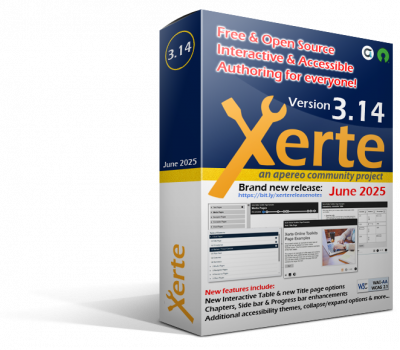With the advancement and widespread implementation of technology in the past decades, data have become irrevocably mixed with our daily lives. This means that blogs, video sites, educational material, shopping – just about every online service we use works by collecting large amounts of information in the form of usage data.
This data comes from the activities of the users who make use of the service. Their interactions, starting from logging in, the time they spend online, which modules they interact with and how provides information that is already used for many basic features – such as ensuring the functionality of CRUD (create, read, update, delete) features, or creating a log that lets you view your history.
In addition to this, however, there are thoughts that this data can be useful for drawing conclusions other than those needed for functionality or technical troubleshooting. Learning Analytics is one such field that explores these possibilities. Learning analytics stands at a confluence between education, including educational and research technologies, and analytics – statistics, visualization, computer and data sciences, artificial intelligence.
As an institution that focuses on education and e-learning, we have been striving to take the already existing data and make the most use of it by integrating learning analytics in our process.
As a core part of learning analytics, we have been investigating the possibilities of using various AI models to aid in the teaching process for both course owners and course participants. Currently, we’re looking into the possibility of using the user’s activity data, which modules they interacted with, how much time they spent on a module, the variety of modules they interact with over a period of time, and so on to predict whether they will peform well by the end of their semester. These results could be teacher oriented, i.e. giving the teacher a heads up that a student might need help if their performance is lagging behind the rest, or student oriented, where students can view their performance and see suggestions on what could be improved.
Naturally, the implementations of AI are wide and not limited to predictive models. As our research into AI is still in the beginning phases, there is still a lot to do. Even so, we are observing trends where we can predict student success rate in a semester with up to 75% accuracy in specific courses in simulated environments. Through collaboration and accessing more information, not only can we verify and improve the current implementation, but the possibilities to research other AI implementations will also grow. Although an ambitious undertaking at the moment, some possibilities include: a grading assistant for open questions, an indicator for personalized content for the students, improved data visualization, updating existing learning content, or generating smart content.
In the end, AI is an up-and-coming field with a huge amount of possibilities, and our aim is to improve the process of education by easing the strain on teachers and students and aiding them in whichever way possible. While there are limtiations in the form of data availability, we believe that through close collaboration with our users, DLearning can provide AI solutions that will prove beneficial and benefit all those who choose to use Xerte Online Toolkits and other tools.
Dit blog is geschreven door:
Alek Nasev
Team DLearning
24 mei 2022



_thumbnail.jpeg)

_thumbnail.jpg)

_thumbnail.jpg)


